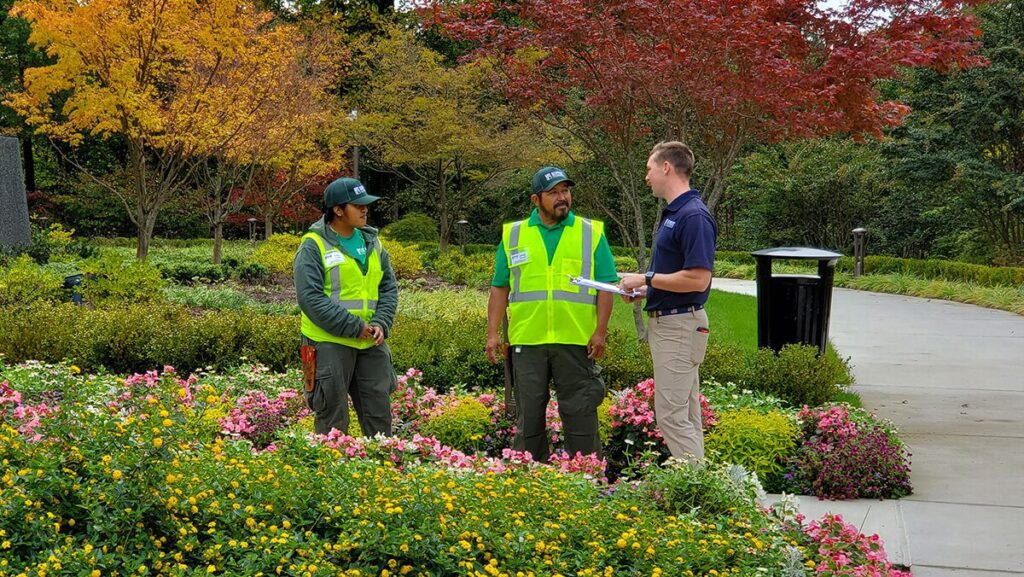When community associations look at budgeting for vendor services, landscaping is often one of the largest recurring line items. Yet, many boards and managers struggle to determine whether they’re paying a fair price. That’s where vendor cost guides come in—offering clear benchmarks and helping associations make informed financial decisions.
In this post, we’ll walk through how to evaluate landscaping costs, what factors influence pricing, and how associations can use cost guides to negotiate effectively and build sustainable vendor relationships.
Why Cost Guides Matter for Associations
A vendor cost guide is more than just a price sheet—it’s a strategic tool. By understanding average market rates, associations can:
- Build accurate budgets without inflating or underestimating expenses.
- Compare bids apples-to-apples across multiple vendors.
- Ensure fairness and transparency with homeowners by showing data-backed reasoning.
- Strengthen vendor relationships by setting realistic expectations on both sides.
Key Factors That Influence Landscaping Pricing
When reviewing landscaping proposals, associations should understand what drives cost. Some of the biggest factors include:
- Property Size & Layout – Larger or more complex properties with steep slopes, courtyards, or hard-to-access areas cost more to maintain.
- Service Scope – Mowing, edging, trimming, fertilization, seasonal planting, and irrigation system maintenance all add to pricing.
- Frequency of Service – Weekly versus bi-weekly maintenance will significantly impact the bottom line.
- Material Costs – Plants, mulch, sod, and chemicals fluctuate with market conditions.
- Labor & Equipment – Fuel costs, staff wages, and specialized equipment fees are baked into pricing.
Average Landscaping Costs for Associations
While pricing varies by region, here are general benchmarks associations can expect when using a vendor cost guide:
- Basic Maintenance (mowing, edging, trimming): $50–$100 per acre, per visit
- Seasonal Flower Installation: $1,500–$5,000 depending on design and volume
- Mulch Application: $30–$50 per cubic yard, installed
- Tree & Shrub Care: $100–$500 per treatment, depending on size and scope
- Irrigation System Checks: $75–$150 per inspection
(These ranges are based on industry averages; associations should always request customized proposals.)
How Associations Can Use Vendor Cost Guides
To maximize value, boards and managers should:
- Request detailed proposals that break down labor, materials, and frequency.
- Compare bids against cost guide ranges to spot overcharges or too-good-to-be-true pricing.
- Ask vendors to explain variances if pricing is significantly higher or lower than benchmarks.
- Factor in long-term value—sometimes higher upfront costs lead to healthier landscapes and fewer replacement expenses.
Final Thoughts
Vendor cost guides give associations the data they need to negotiate confidently, budget accurately, and maintain transparency with homeowners. Landscaping is a visible, high-impact service—getting the pricing right ensures curb appeal while keeping the community’s finances on track.
At CAMbrands, we help associations and vendors navigate pricing with clarity and fairness. Whether you’re reviewing landscaping, janitorial, or mechanical services, a cost guide can be the key to smarter decision-making.

